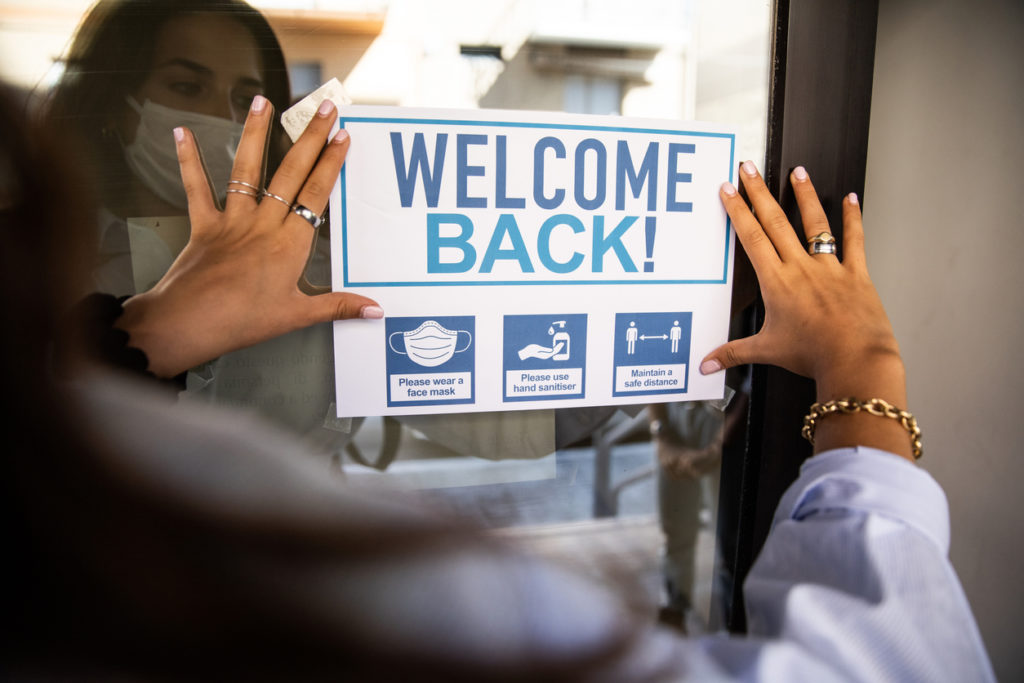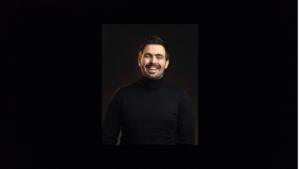As the world reopens today, we spoke to marketers about what they expect to see from brands during this next phase. From a well thought out media plan, to a safe and engaging customer experience, there is ample opportunity in the next chapter of the story.
Justine O’Neill, Director, Analytic Partners said:
Lockdown restrictions are easing but social distancing measures still exist and there may still be hesitation about sitting inside cinemas, or using public transport as the world readjusts to life before Covid.
The great TV spot deals and flexibility on offer at the start of the pandemic will be a thing of the past, but with some TV advertisers pulling out of TV, opening up more inventory, ROIs will shift and marketers must account for this in their analysis. The only way marketers can move forward with any certainty during this next phase, is to adapt a water tight scenario planning strategy to prepare for each twist and turn.
Looking ahead and preparing for the future is what makes leading brands stand out from the rest of the crowd and with the lockdown finish line in sight, retailers must learn from the data they have and plan for the future if they want to reclaim what they once were. Using forecasting simulations, brands can explore the range of factors such as how the number of stores able to open within their portfolio impacts on sales volumes, and allows them to plan strategically better and adapt to the constantly changing environment.
James Smith, MD, The Kite Factory said:
The marketing rulebook will have to be re-written as the world reopens. The peak commuting times are likely to be elongated, and the audience that would have been in the office everyday won’t be. Marketers will need to rethink how and when to reach their audiences with OOH, digital, TV and online marketing and they must work with media owners to establish buying models that fit the new normal.
But marketers must maintain perspective. We are still a way off the freedoms we were enjoying back in 2019 so whilst our ‘at home’ audiences will seem smaller, they are still higher than what we were used to pre-pandemic, so brands must monitor channel performance and stay flexible as we go through the next phase. Brands must also look for new occasions to engage their audience as new behaviours emerge.
With the return to the office fast approaching, many consumers will resume their commute. While it might not be as frequent as before, this free time on the way to work provides marketers with an opportunity to drive incremental reach by investing in BVOD. And capitalizing on the consumers FOMO with their favourite shows.
Marketers need to open their eyes and see the reopening of the world as an opportunity. It’s a time to be agile and adapt to the new needs of the consumer.
Vicky Bullen, CEO, Coley Porter Bell said:
The coronavirus pandemic offered a multitude of opportunities for brands to build customer loyalty. From offering a fast, reassuring and reliable delivery system, to thinking about how to delight on the doorstep with innovative unboxing experiences and discounts for key workers – customers will remember who they relied on and who made them smile during the pandemic.
Now, as the world moves ever closer to normality, this trust will be tested, and people will be desperate for a return to real experiences. Brands must ensure their good intentions over the past 14 months are replicated in the in-person experiences on offer. Customers will want to feel looked after as lockdown restrictions ease so it’s up to brands to offer the VIP treatment – whether it’s cinemas, restaurants, retailers, theatres or hotels. While many of us cannot wait to return to these much missed businesses, brands must also remember there will be an element of caution for many customers.
So all brands need to see their offering from the customer’s perspective and must consider how they can provide the most ‘hands off’, safe experience as possible. And simultaneously they must think about how they can still delight.
People are looking for brands to be purposeful, they expect them to have a positive impact on the world. They want truly immersive experiences to offer a change from the mundanity of being at home, so brands need to think about how they can create seamless omnichannel experiences with built-in personalisation and sensorial delights to enhance the customer’s life and bring them back through the doors from May 17th.
Rich Exon, founder, Joint said:
There’s something peculiarly satisfying about a perfectly balanced media plan that makes the best possible use of each constituent channel.
But for the last twelve months or so two of the all time greats, cinema and out-of-home, have been knocked back horribly.
Both had carved out distinct roles for themselves before the pandemic struck and both have unique characteristics that make them irreplaceable in the future.
And one thing that’s shared between them is that both cinema and out-of-home are consumed more or less in public.
Mass personalisation of content and distribution has created awesome opportunities for brands to target individuals with laser-like precision.
So there is something deliciously contrary as we look up from our smartphone screen and see a huge great building wrap or 96 sheet.
Our brains fire up differently as we register, even subconsciously, that hundreds or perhaps thousands of people around us are seeing the same thing as us at exactly the same time.
This effect is multiplied tenfold in the cinema as we put down our mobiles and look instead at a giant screen whilst perfect sound – and seat – wraps around us in an experience like no other.
Each in their own way, cinema and out-of-home give marketers the increasingly rare chance to do ‘big things in big places’ and consumers will always reward the brands that do this best.









